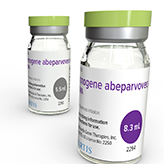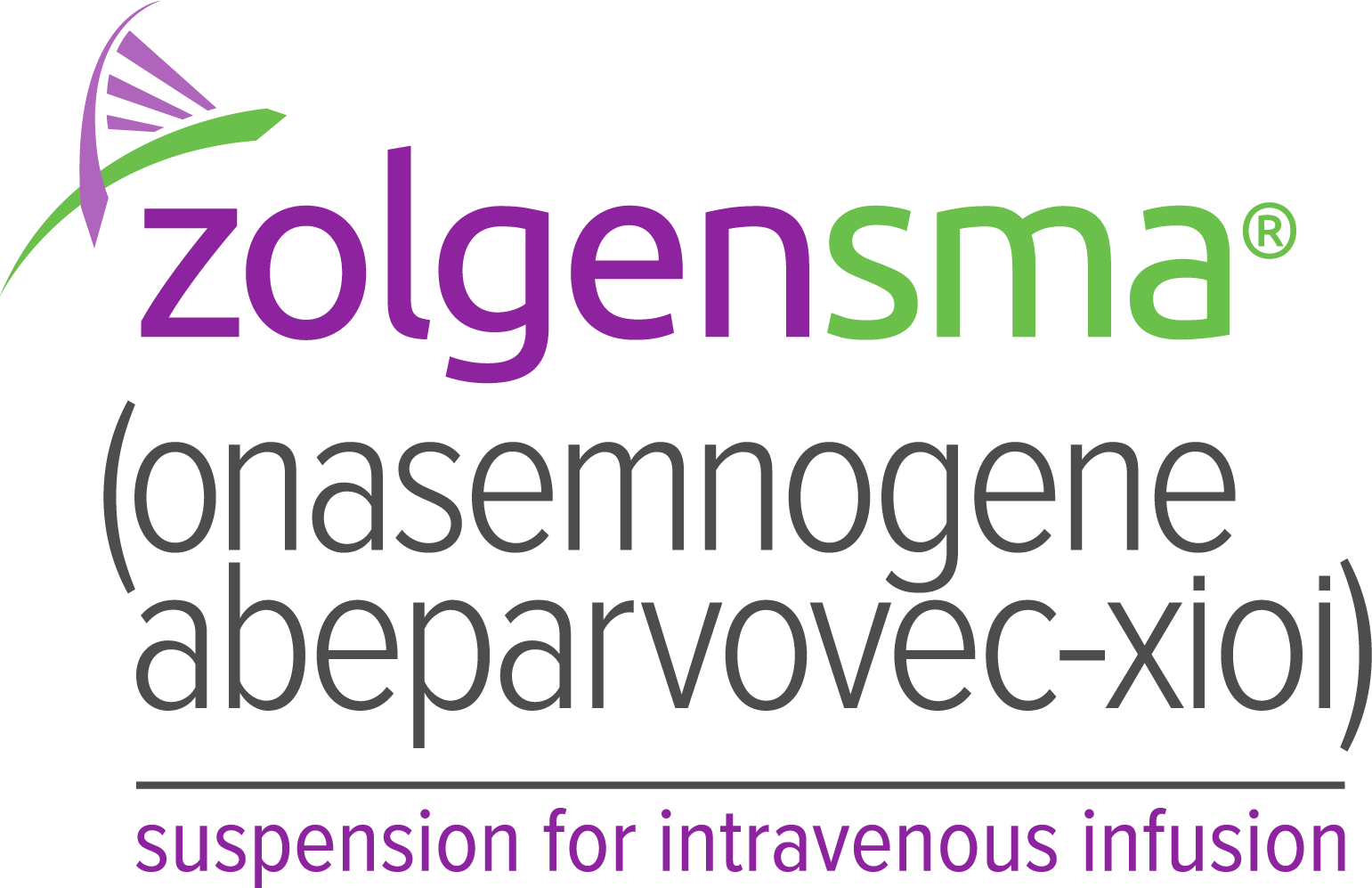Early diagnosis and treatment can stop disease progression
Treatment for spinal muscular atrophy (SMA) has undergone a major paradigm shift. Today, disease-modifying treatments help patients achieve unprecedented motor milestones, improved motor function, and nutritional and respiratory independence.1
Early treatment is strongly associated with better outcomes. A 2019 working group of expert physicians and scientists in the US recommended early treatment for patients with SMA and up to 4 copies of SMN2.2

"After talking with a genetic counselor and understanding more about the disease… we were able to take steps before [our daughter] was born to ensure she got treatment as fast as possible."
— Emily, SMA caregiver
The path to an SMA diagnosis
Newborn screening is now available in all 50 states and Washington D.C., covering 100% of babies born in the US3,a
Patients can be identified via newborn screening and diagnosed through genetic testing before symptoms of SMA appear, giving them the best possible chance to benefit from early treatment.4,5
A 2024 working group of healthcare providers who are experts in SMA care, recommend immediate confirmation of an SMA diagnosis following a positive newborn screening result. Prompt referral to a center that specializes in SMA treatment was also recommended.6
aAs of January 2, 2024.
Genetic testing is the only way to confirm an SMA diagnosis
The Novartis Laboratory Testing Program can support in assisting with genetic testing. For more information, please contact your Novartis Regional Account Associate Director or call the OneGene Program® at 1-855-441-GENE (4363).
After diagnosis, immediate treatment is recommended
To maximize potential outcomes, SMA experts recommend immediate treatment for all patients with up to 4 copies of SMN2. Delivering treatment before significant motor weakness or neuronal loss occurs may lead to better patient outcomes. Presymptomatic patients may have the most to gain from early treatment.1,2,5
